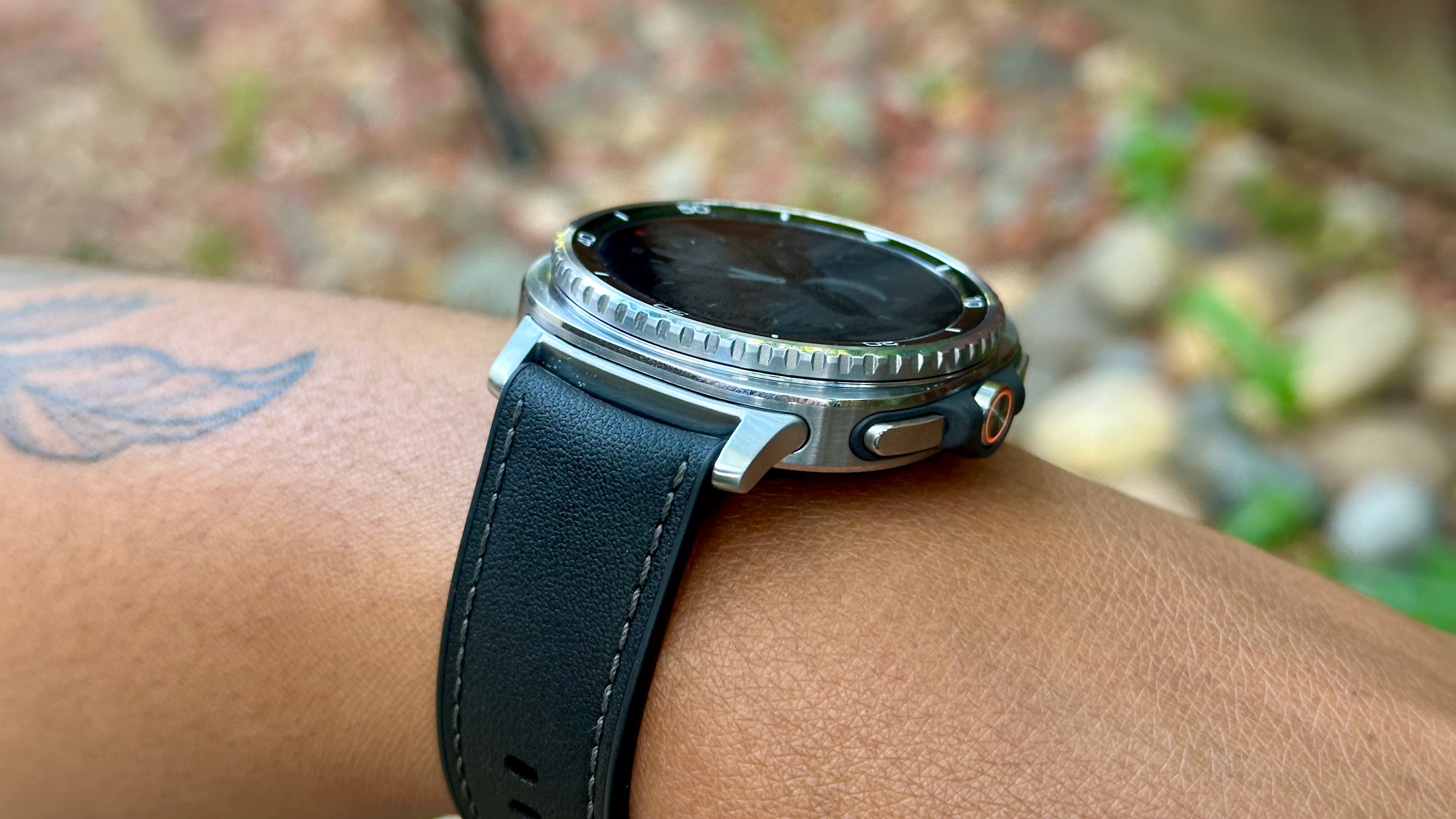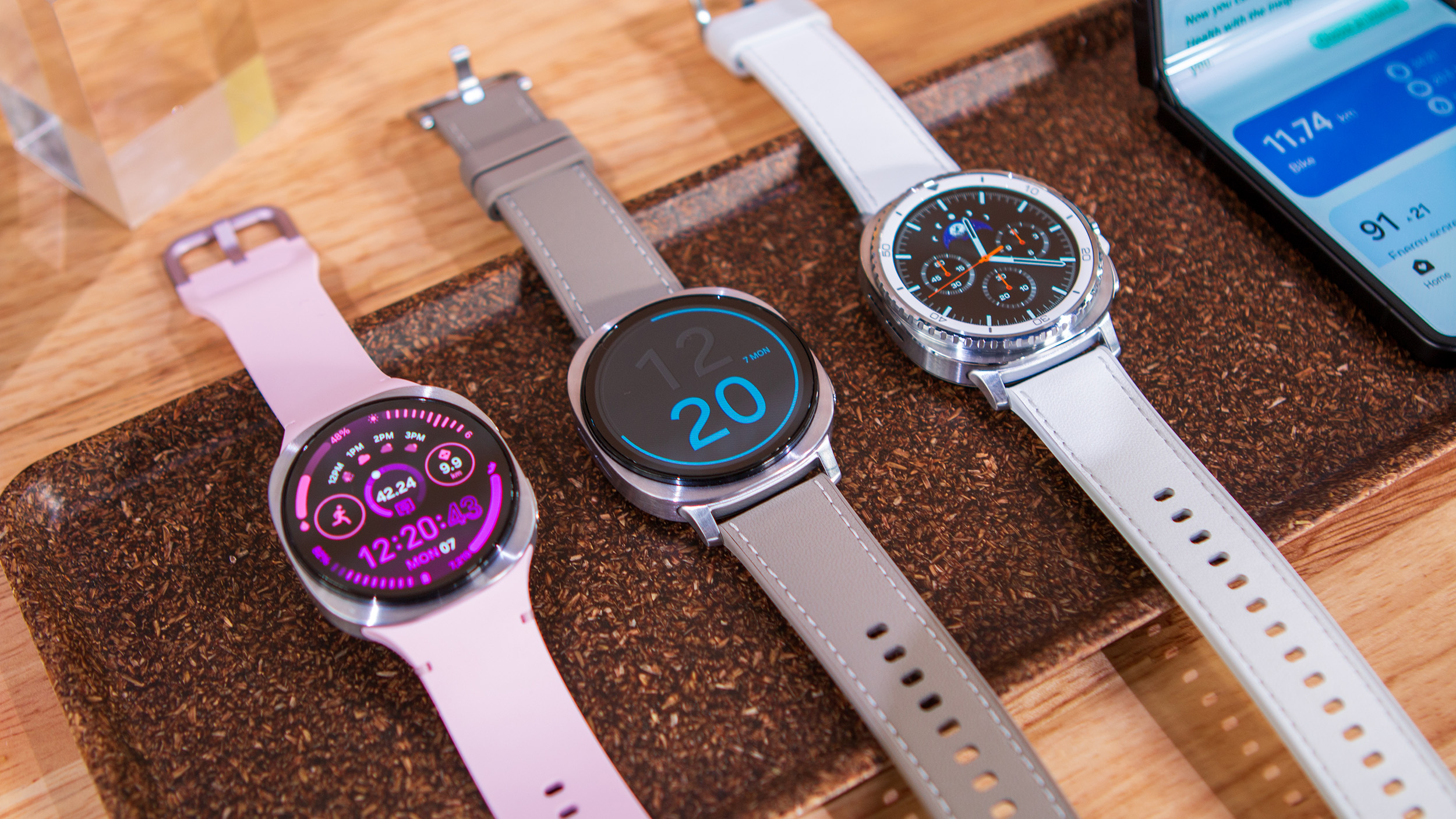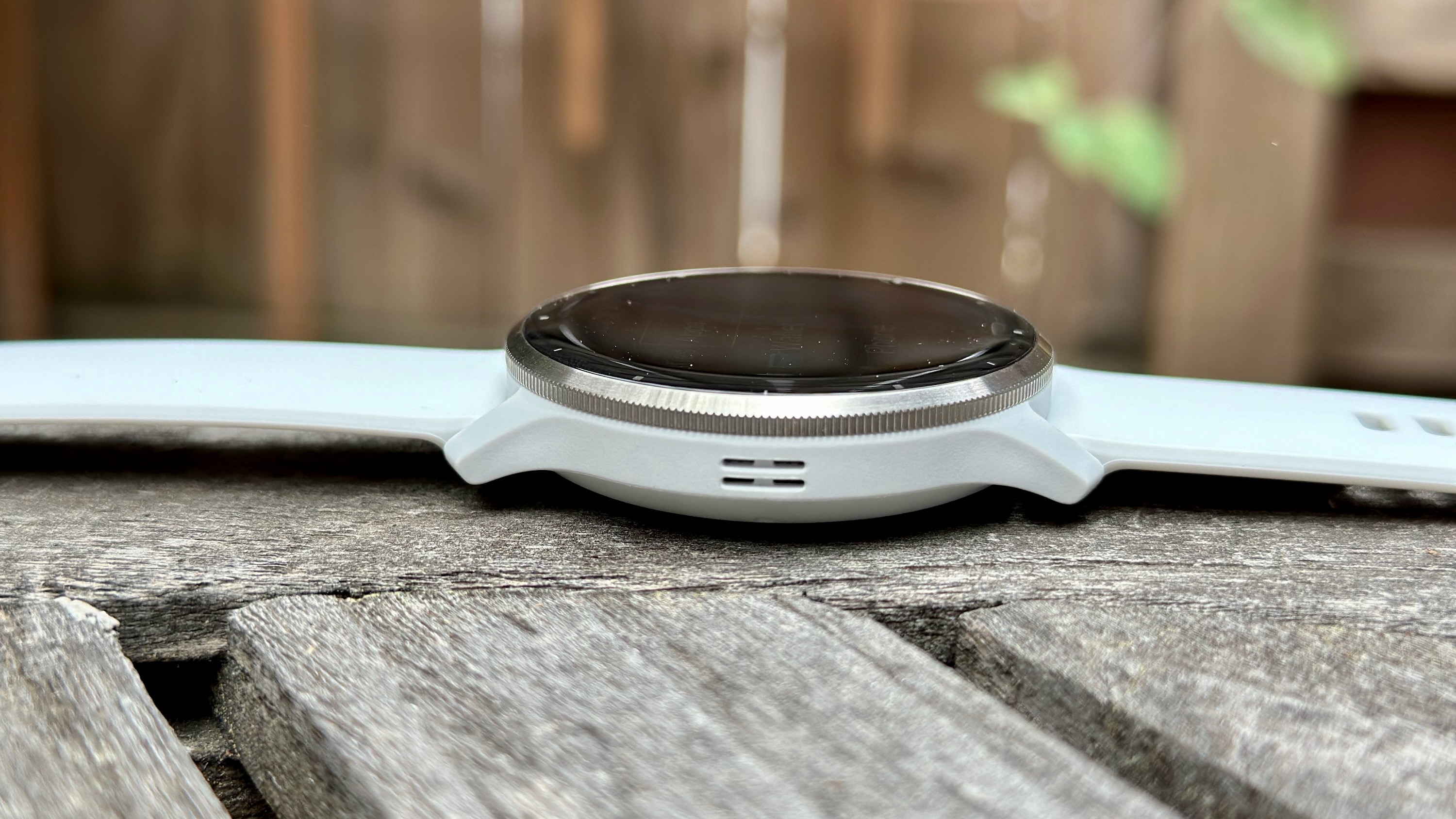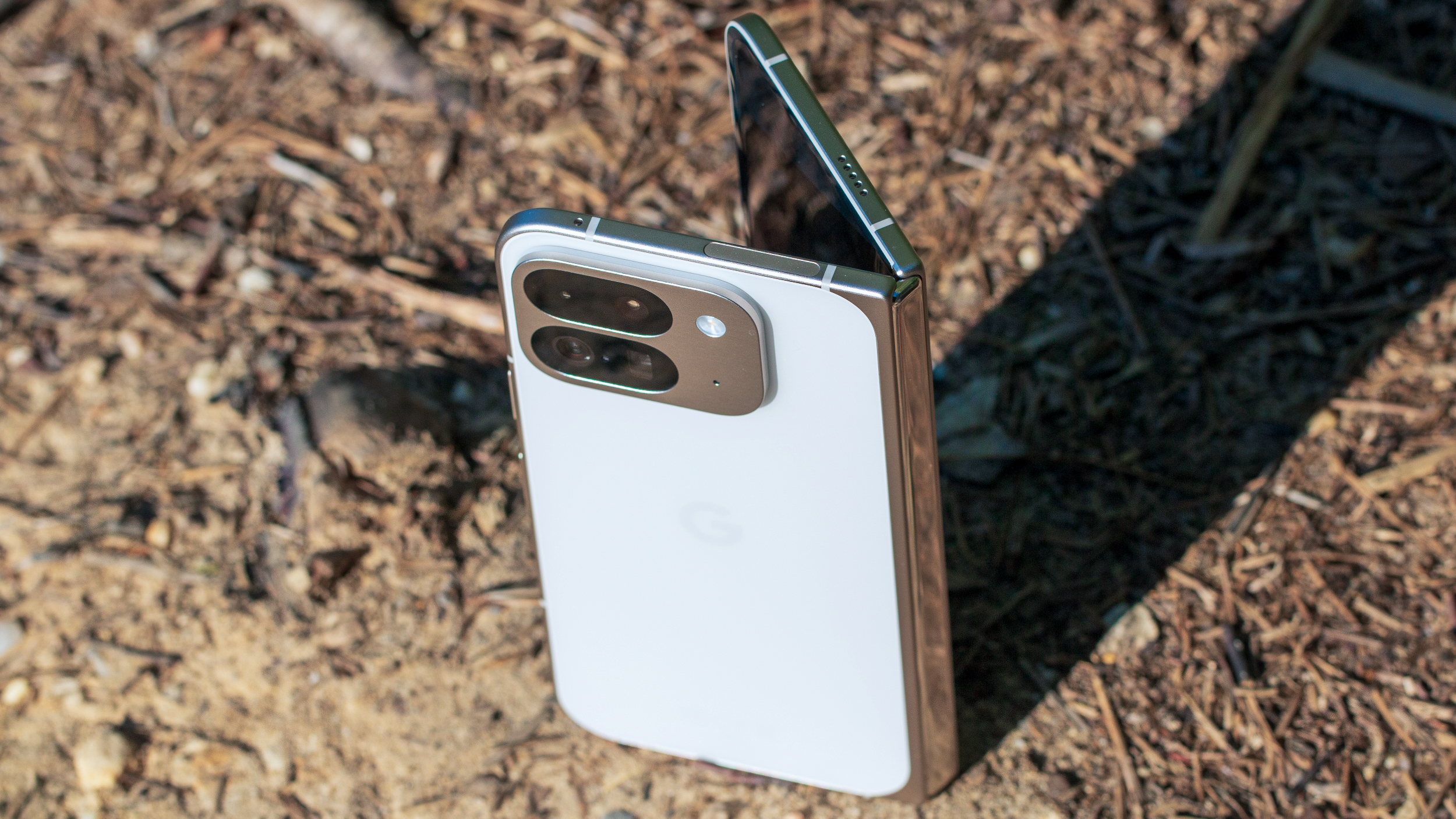Samsung Galaxy Watch 8 Battery Life: The Inevitable Disappointment You Can’t Escape
Hello everyone. So, Samsung is back at it again, dangling shiny new toys in front of us like we’re magpies with a credit card problem. Enter the Galaxy Watch 8 – your new wrist companion promising enough battery life to almost get you through the weekend before you’re scrambling for the charger. Because apparently, asking for more than two days of juice in a wearable in 2024 is tantamount to requesting a unicorn that makes coffee.
Battery Specs That Pretend to Impress
On paper, both the 40mm and 44mm models claim up to 40 hours of battery life, which is corporate speak for: “If you barely use it, maybe don’t check your notifications much, and only glance at the thing in low light, you might just get through that second day”. Want the Always-On Display enabled, because, you know, it’s 2024 and you’d like your watch to actually look like a watch? Congratulations, you’ve just shaved that down to 30 hours. Yes, barely more than a single day. How very generous.
The 40mm model gets a 325mAh battery, the 44mm a 435mAh one. Bigger battery… same battery life? Sure, sounds totally plausible if you buy into the magical land of marketing math, where battery physics are merely a suggestion. This is the same brand that gives the Watch 8 Classic – with near identical capacity – the same laughable life expectancy claims. Real-world tests on the Classic clock in anywhere from 25 hours (heavy use) to double that (light use). Translation: if you hammer it with GPS, music, health tracking and notifications like it’s meant to be used, you’ll be making a date with your charger sooner rather than later.


The Classic Case of Déjà Vu
Here’s the conspiracy-theory-flavored truth bomb – this is not about “hardware limitations”. This is the same well-worn treadmill of incremental upgrades designed to get you to open your wallet again. The Watch 8 is a slightly spruced-up Watch 7 with a fresh coat of “new design” paint and health tracking gimmicks. As a gamer, it feels like the annualized release cycle of certain sports franchises – the same game, new jersey colors. The power-ups (like One UI 8 Watch software) might make your stats look better on the menu screen, but on the actual playing field? It’s largely the same grind.
What This Really Means For You
- Don’t expect miracles – 1 to 2 days between charges is your reality. Accept it, or go analog.
- Always-On Display? Sure, but pack the charger in your bag if you’re traveling.
- Bigger batteries ≠ longer life – Seriously, it’s like buying a bigger gas tank and still only driving the same number of miles because the car guzzles harder.
The Doctor’s Diagnosis
As your friendly cranky doctor, I prescribe a dose of realism with a side of skepticism. Tech marketing hype is a lot like untested miracle supplements – promises a lot, delivers very little, and leaves you right back where you started, except now lighter in the wallet. And much like a patient who insists the crash diet will “finally work this time,” Galaxy Watch buyers seem happy to rinse and repeat. My stethoscope says the heartbeat here is just… fine. Not stellar. Not flatlining. Fine.


Final Verdict
If you’re coming from an older model and can’t stand missing out on the latest watch face animations or want to track the antioxidants in your body for reasons science hasn’t quite decided on yet, fine – buy it. But if you were expecting Samsung to suddenly leapfrog the industry standard in smartwatch battery life, then I have a bridge to sell you. The Galaxy Watch 8 is a competent, decent-looking, modern smartwatch… that will still require you to be best friends with your charger.
My impression overall? It’s a solid, but painfully safe release. Passable if you’re new to the ecosystem, underwhelming if you’ve been here a while.
And that, ladies and gentlemen, is entirely my opinion.
Article source: How long is the Samsung Galaxy Watch 8 battery life?



